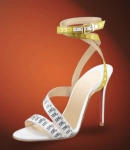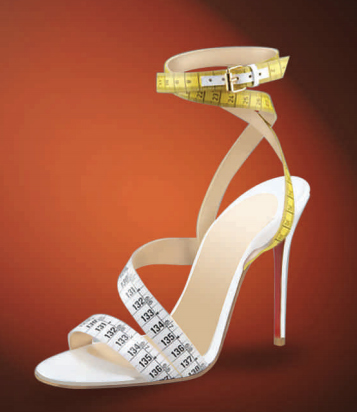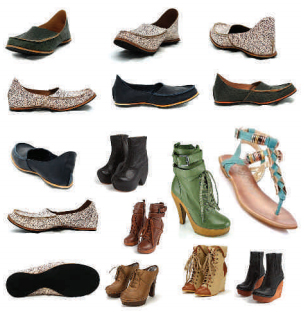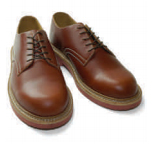Shoe Fitting Tips



The right shoe and fit can help delay the onset of footwear related deformities and the development of corns, calluses, blisters, wounds or sprain ankles.
The size of your feet changes as you grow older so always have your feet measured before buying shoes. The best time to measure your feet is at the end of the day when your feet are largest.
- Don’t select shoes by the size marked inside the shoe but by how the shoe fits your foot.
- During the fitting process, make sure there is enough space (3/8” to 1/2”) for your longest toe at the end of each shoe when you are standing up.
- The ball of your foot should fits comfortably into the widest part of the shoe.
- Make sure that there is plenty of wiggle room for your toes.
- Don’t buy shoes that feel too tight and expect them to stretch to fit. If shoes cause pain, calluses, red marks or blisters then they should be discarded.
- Your heel should fit comfortably in the shoe with a minimum amount of slipping - the shoes should not ride up and down on your heel when you walk.
- Walk in the shoes to make sure they fit and feel right. Then take them home and spend some time walking to make sure the fit is a good one.
- The upper part of the shoes should be made of a soft, flexible material to match the shape of your foot.
- Soles should provide solid footing and not be slippery. Thick soles cushion your feet when walking on hard surfaces.
- Low-heeled shoes are more comfortable, safer, and less damaging than high-heeled shoes. Choose shoes with low heels (under 5cm)
- Don’t buy over-the-counter insoles – they can cause blisters if they are not right for your feet.

Remember: People have foot sizes, not shoe sizes



